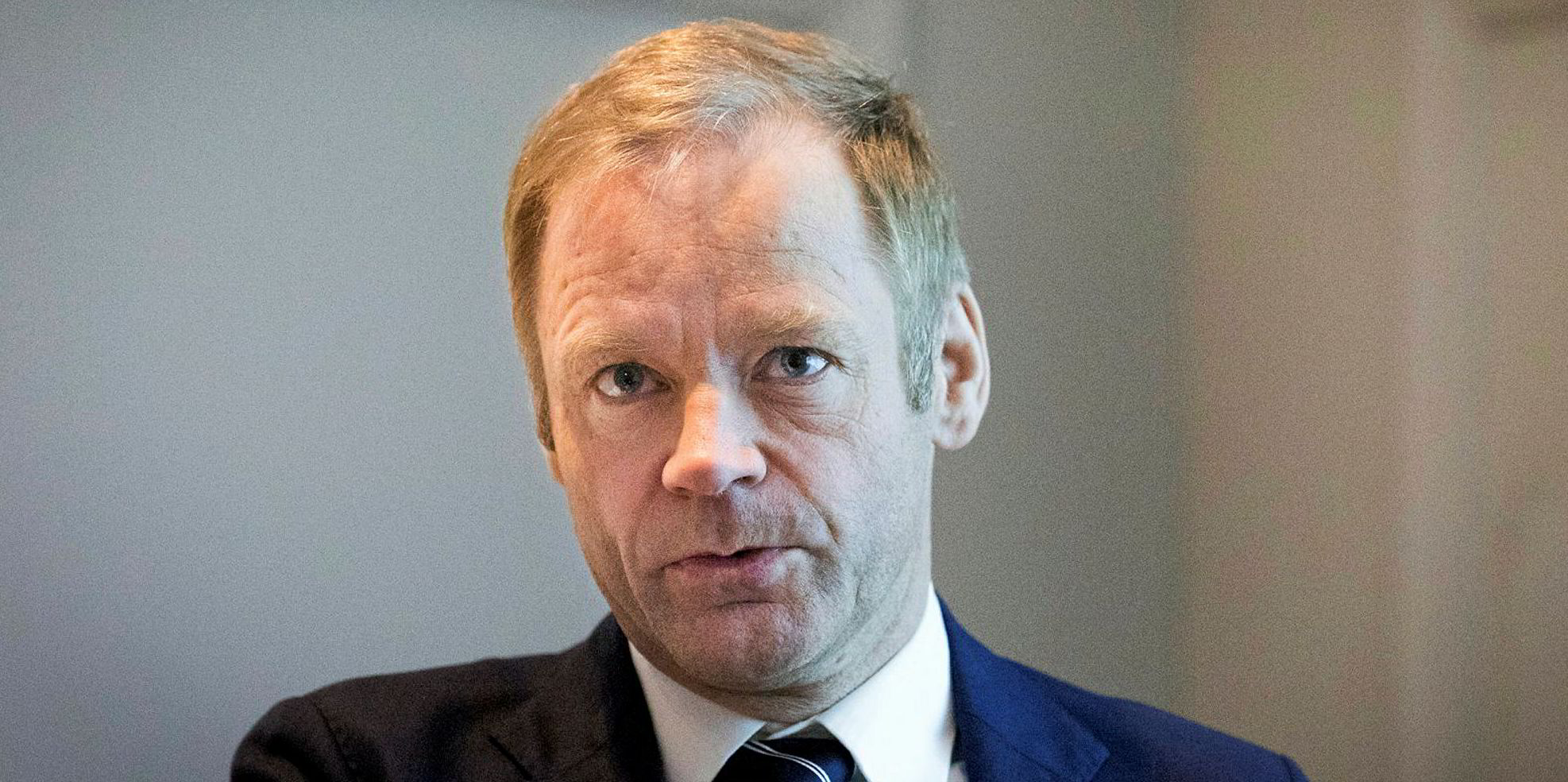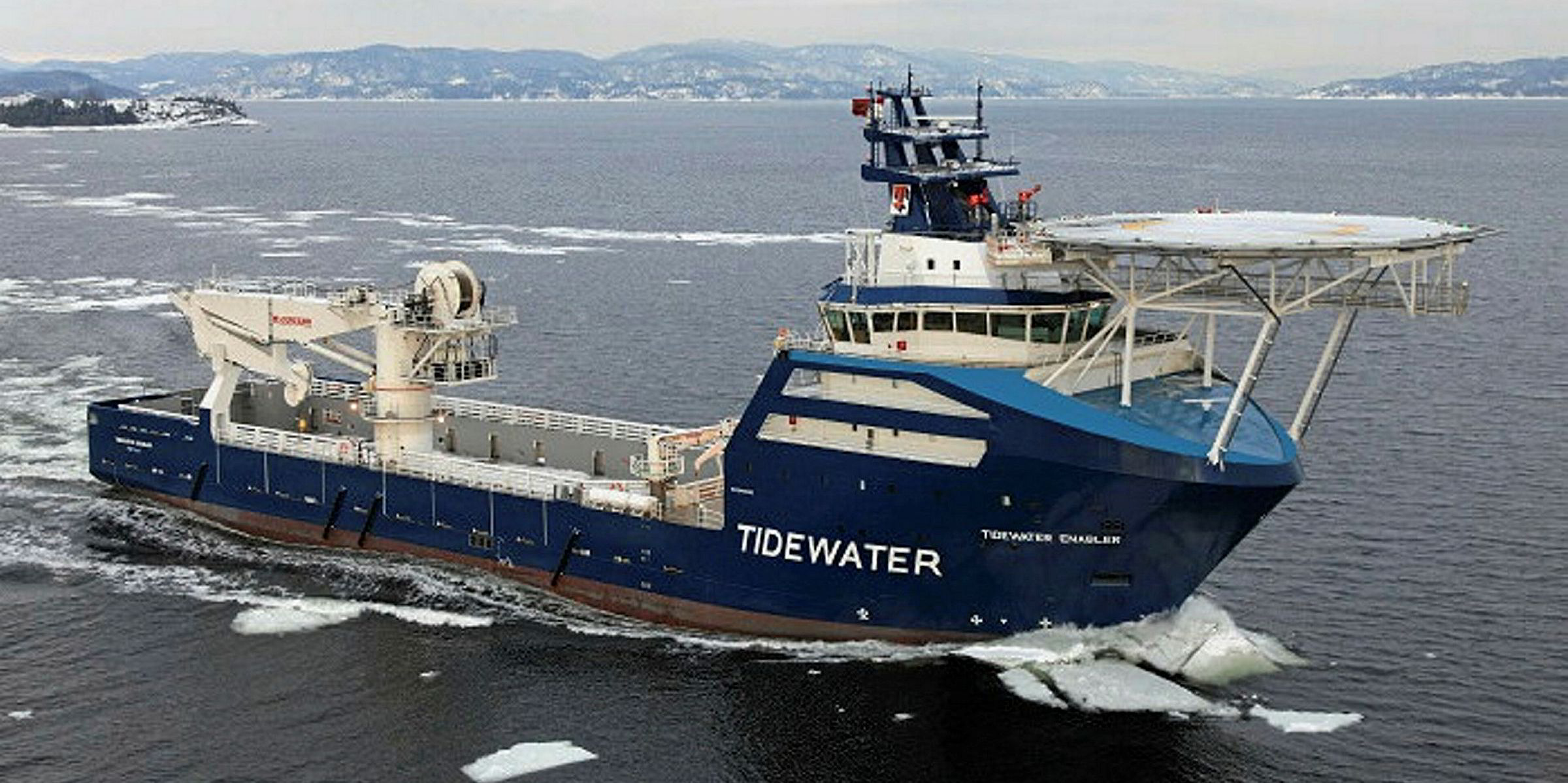While a long-awaited market recovery is finally coming for the operators of offshore supply vessels in the North Sea, those seeking to refinance may not yet be out of the woods.
With the recovery still in its infancy, some industry officials believe owners' apparent confidence in the market exceeds that of lenders — creating uncertainty over restructuring debt.
Figures from Seabrokers reveal almost every term fixture for platform supply vessels from 2015 to 2017 was concluded at between $6,450 and $9,050 per day.
Now, multi-year deals are on offer at between $10,350 and $20,700 per day, with the majority in the middle of that range.
"While that represents a distinct improvement for owners, there will still be many instances of owners who are unable to meet their mortgage repayments for modern tonnage, despite the rate rises that have occurred this year," Seabrokers says.
'The worst is behind us'
In general, the market sentiment is optimistic. Norway-based Westshore Shipbrokers identifies the key drivers as being the oil price in combination with a lower cost base.
"This gives the oil companies a strong cash flow and the opportunities to invest in oil and gas exploration and development," it says.
"The increase in investments leads to more drilling rigs in the market with an increased demand for PSV and AHTS [anchor handling tug supply vessels] support.
"The recovery has just started and we expect a continuous increase in activity for the coming years."
Mons Aase, chief executive of Norwegian owner DOF, tells TradeWinds: "The PSV market is still strong, especially in the North Sea.
"Rate levels for both term and spot work are at levels we have not seen since 2014. Activity is increasing globally. We expect the trend of increased activity to continue into 2020 and beyond."
Solstad Offshore chief executive Lars Peder Solstad says vessel demand in midwater areas with established infrastructure is recovering the fastest.
"We see an increase in demand for vessels from drilling programmes and for new field developments in these areas, particularly in the North Sea," he says. "PSVs, particularly, have seen improved day rates while other vessel types are recovering, but at a far slower pace.
"Having said that, the worst is definitely behind us and a gradual recovery in most regions and all vessel types is expected in the years to come."

However, Solstad cautions that current long-term charter rates are still not at "sustainable levels".
"Although rates have improved, most geographical regions and most vessel types still have some way to go before we could say the level is sustainable."
Endless summer
Turner Holm, head of research at Clarksons Platou Securities, has described the current upturn as "endless summer".
He says North Sea markets have been "unseasonably strong", with 2019 having the best first quarter for spot rates since 2014.
Figures from Clarksons Platou Securities show average North Sea rates over the first 15 weeks of 2019 were up 56% compared with the same period last year, driven by a strong performance from PSVs.
Holm says: "The OSV sector is linked to longer-term spending by oil companies on new projects, so it takes longer to turn around. But, once it does, the good thing is it's harder to turn back the other way.
"But PSVs and AHTSs are two different markets. Anchor-handlers can be very good but they can be very bad."
One cloud on the anchor-handler horizon is Equinor's introduction of its rig anchor release (RAR) system, which halves the days needed for an AHTS vessel working on a rig move.
"It doesn't look good," Holm says. "There are fewer semisubmersibles and more drillships, which don't need moving around.
"There are many more technical risks involved in anchor-handlers than PSVs."
Servicing debts
But, despite buoyant market conditions, will lenders be willing to offer further financial support? Some of them may feel the deals over the past couple of years have simply kicked the can down the road.
Holm says: "At $20,000 per day, you can service debt ... [But] this situation of ships making money has only been going on for the last three months. Will it change things for the banks?"
He argues that when ships have too much debt, no one scraps them. And debt also prevents much-needed consolidation between shipowners.
"You don't absorb someone's suffocating debt," Holm says. "It would be good for the banks to clean this situation up."
Holm points out that Solstad Offshore has $3.5bn of debt on 140 ships and those borrowings are still clearly underwater.
Asset prices rising
"Asset prices are rising though, so that's a moving target," he adds.
That said, there are some vessels worth less than others.
"At the older end of the PSV scale, ships 15 years or older and lacking DP2 [dynamic positioning two], which in better times were solid earners, are now seen as prime scrapping candidates," VesselsValue head of offshore Robert Day says.
"This is especially apparent with companies such as Tidewater, who have earmarked 40 vessels for demolition in 2019 and who have set the standard for supply ships."
As for the prospect of newbuilding orders, Day says this is "unlikely due to the general over-supply in the market".
"Also, due to slippage, ordering cheap vessels now would be counter-productive," he says.
"Why order brand new vessels from yards and wait a number of years for these to be delivered, when you can purchase readily available cheap tonnage at the yards?"







